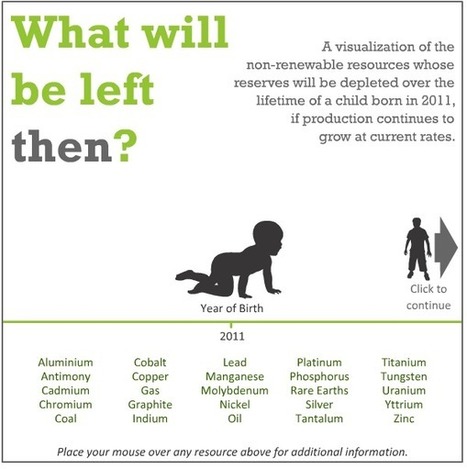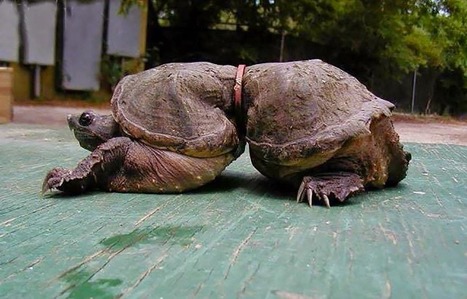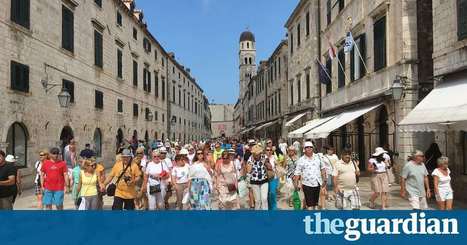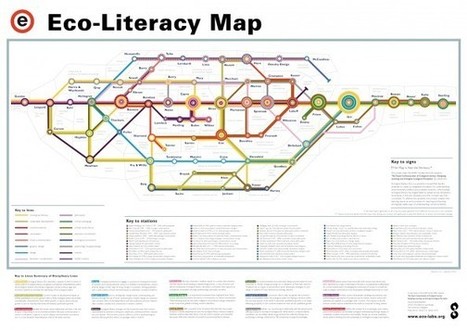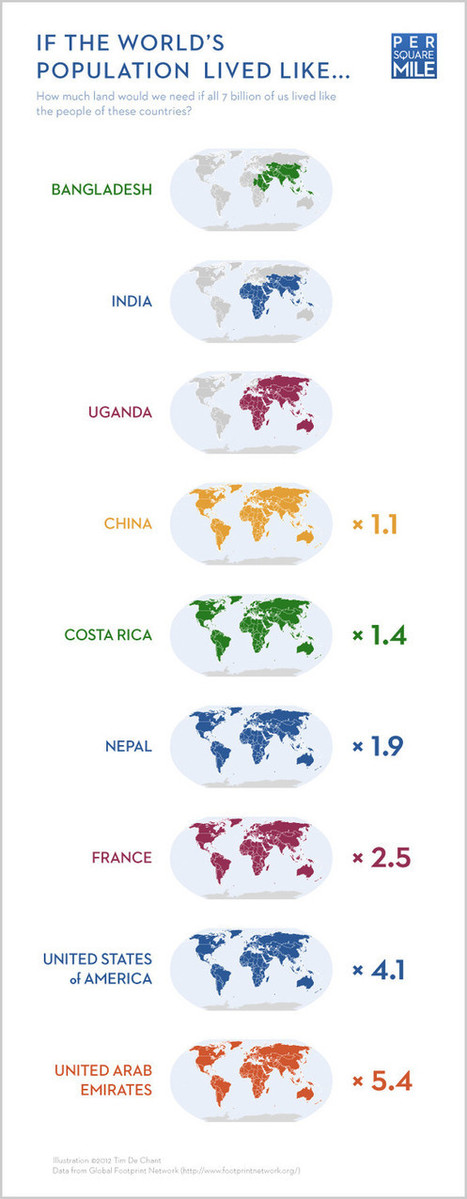The city will remain the centerpiece of economic growth in the 21st century. Here's how we're using smart city technology to optimize them even further.
Get Started for FREE
Sign up with Facebook Sign up with X
I don't have a Facebook or a X account
 Your new post is loading... Your new post is loading...
 Your new post is loading... Your new post is loading...

Anthony J. Sanci's curator insight,
October 16, 2018 8:22 AM
a Ted talk presented by Eric Sanderson, of New York City and the before premises and lost area of New York. Basically using different map area of 3D ideas of Manhattans fascinating a pre-city different are of things that come and disappeared. This high definition map also was used for military of the American revolution to see where all the ecological, river, and wildlife is. This has a different observation in looking at the different ecological geography
|

Shelby Porter's curator insight,
November 4, 2013 10:39 AM
It isn't surprising that the more a country has developed, the more wasteful they are. I just think that we need to change this standard. We can not keep this up if we want to sustain ourselves for centuries to come. If we are going to change our consumption culture, we need to look at why it has become the way it is. Why do we see food as unappealing? This is an interesting video and certaintly makes you think twice about throwing anything away. 
Kenny Dominguez's curator insight,
November 29, 2013 6:13 PM
Ted explains it well how we all waste perfectly good food that people would like to eat. Also it was amazing how much food was in the dumpsters that was just a day or week old. That meat could feed hundreds of people that are struggling to eat and all that meet to waste. 
megan b clement's curator insight,
December 16, 2013 1:51 AM
Ted talks about just how wasteful our planet is. How we just ignore the issue and act like it will not affect us in the future. When he shows you video and pictures of massive piles of the ends of a loaf of bread or all the food that Stop and Shop throws out because it does not "look" good for the customer. How every little bit of help counts you can try to make a little bit of an effort to be less wasteful. We have so much unnecessary waste. Like when he uses the example of how many people throw away the ends of a loaf of bread then he shows the waste of the ends of bread in massive piles it makes you sick. Especially with all of the hungry people in the world we need to be more resourceful.
|











